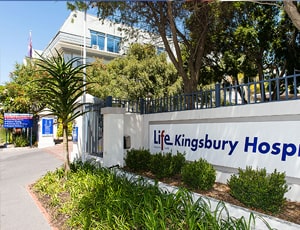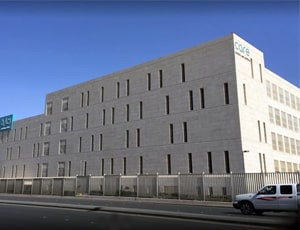A beautiful pair of eyes coupled with shapely eyelids can say a lot. But drooping eyelids can make one look older than their age. This is the reason why blepharoplasty or eyelid surgery is considered by many to reduce those extra bags of fatigue around the eyes. Not only for cosmetic reasons but blepharoplasty may also be considered for improvement of eyesight and widening of vision.
Due to hereditary reasons, fat percentage pockets may develop that may bulge out around weakened muscles and loose eyelids skin around the eyes. It may also take place because of natural aging. There can be functional problems in the upper and lower lids that can prevent one from having a wider view and cause difficulty in wearing contact lenses or spectacles. All these problems can be rectified with the help of an eye plastic surgery or blepharoplasty.
For the same reason, blepharoplasty is also known as lower blepharoplasty, eye bag removal surgery, and sagging eyelids surgery. Blepharoplasty is usually done for cosmetic reasons. But sometimes this procedure can also be performed for functional reasons. Usually, a team of ophthalmologists and cosmetic surgeons perform such surgeries. An eye lift may be performed but basically, excess fat from both upper and lower lids are removed to make the eyelids look youthful. The skin is stretched in a required way to make it look agile and appealing.
Blepharoplasty can be conducted on a single eyelid or both the upper and the lower eyelids (bilateral), depending on the extent of bags and puffiness around the eyes.
Make sure to inform your surgeon about your medical history well before sagging eyelids surgery. Depending on your overall health, the surgeon may ask you to do the following before eye bag removal surgery:
Refrain from taking medicines such as aspirin and ibuprofen that may cause thinning of the blood and cause unwanted bleeding during the procedure. These medicines should be stopped at least two weeks prior to the upper and/or lower blepharoplasty.

Cape Town, South Africa
In 2014, the long-awaited union of Life Claremont and Life Kingsbury Hospital took place, putting th...more
![]() Airport Transfer
Airport Transfer
![]() Choice of Meals
Choice of Meals
![]() Interpreter
Interpreter
![]() SIM
SIM

Riyadh, Saudi Arabia
History Riyadh care hospital is a highly specialized hospital with world-class infrastructure. The ...more
![]() Airport Transfer
Airport Transfer
![]() Choice of Meals
Choice of Meals
![]() Interpreter
Interpreter
![]() SIM
SIM

Tel Aviv, Israel
Assuta Medical Center is a leading private hospital in the capital city of Tel Aviv in Israel. Assut...more
![]() Airport Transfer
Airport Transfer
![]() Choice of Meals
Choice of Meals
![]() Interpreter
Interpreter
![]() TV inside room
TV inside room

Plastic Surgeon
Dubai, U.A.E.
10 Years of experience
USD 140 for video consultation

Plastic & Cosmetic Surgeon
Delhi, India
28 Years of experience
USD 42 for video consultation

Plastic & Reconstructive Surgeon
Hyderabad, India
8 of experience
USD 30 for video consultation

Cosmetic Surgeon
Istanbul, Turkey
2 of experience
USD 150 for video consultation
Q: How long will the effect of blepharoplasty last?
A: The effects of blepharoplasty may last for 10 to 15 years if conducted properly.
Q: What are the other alternatives for blepharoplasty?
A: Laser skin resurfacing can be considered as a non-surgical method for alternative treatment for blepharoplasty. In this method, collagen production is stimulated. Loss of collagen is the reason for drooping eyes. It can also reverse the effects of sun damage and discoloration. Radio frequency waves can be passed over the region to smooth out the skin and make it taut (thermage treatment). Cosmetic botox involves injecting botulinum toxin to paralyze the muscles that cause wrinkles from its contraction and relaxation. Dermal fillers can add volumes to baggy or sagging.
Q: At what age blepharoplasty can be performed?
A: There are no age criteria as such but it is most commonly performed among older people. A few young patients could be genetically prone to develop fat and loose skin around the eyes. They may undergo the surgery.
Q: Can blepharoplasty help with wrinkles around the eyes?
A: No, this procedure is not suitable for removal of crow’s feet or wrinkles around the eyes.
Q: When are the stitches removed?
A: Depending on the type of stitches used, they may dissolve on their own or can be removed by the surgeon after three to five days of the surgery.
Q: What are the risks of blepharoplasty?
A: Temporary blurry or double vision, asymmetry, slow healing rate are some of the possible risks of the surgery.